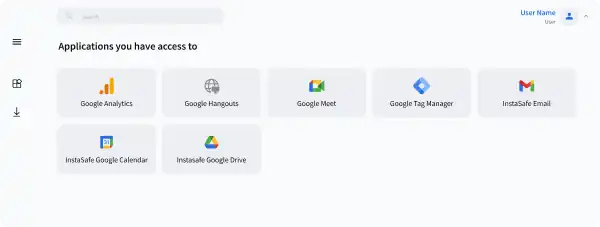Craft a Zero Trust Strategy for your Business
Find out the whys and hows of shifting to a Zero Trust security strategy that relies on continuous trust and risk assessment to secure your users, devices, and applications

Why does your organization need a Zero Trust Strategy?
Ineffective Perimeter Based Security
Legacy Solutions rely on perimeter based security. As perimeters no longer dictate the scope of security enforcement, this approach is risky and outdated
The Expanding Workforce
The modern workforce is not confined to the office. As such, access needs to be continuously monitored and restricted, even to those with elevated privilege
Excessive Implicit Trust
Legacy solutions assume excessive implicit trust in all authorised users, which leaves scope for entry and exploitation of the network
Cloud Readiness
With the proliferation of access and permissions across multiple cloud platforms, VPNs haven’t been able to keep up with multi cloud security needs
BYOD Security
Security needs are not restricted to authorised work devices alone. Configuring access policies and monitoring access on BYOD device is a big challenge
SaaS Security
Most Saas and PaaS applications are designed using existing security services, which themselves may be compromised. These apps can't be trusted and their permissions and access need to be monitored continuously
Gain Complete Control over your security infrastructure with a Zero Trust Strategy
With a Zero Trust Approach, the security focus shifts from the network to individual users and their identities
The Zero Trust Security Model leverages continuous authentication and least privilege access to turns the Access from Anywhere concept into a reality
With granular, role based access policies, companies can allow workforces to access business applications from managed and unmanaged devices securely
The Zero Trust Model assesses trust and risk associated with every user and device before granting least privilege access
A Zero Trust Model helps to simplify secure access across hybrid environments and hybrid workforces, and eases monitoring of network activity
What is Wrong with Traditional Remote Access Security Solutions?
A Zero Trust Strategy is not a single tool, but a framework focused on ensuring enhanced security, better monitoring, and better compliance. InstaSafe recommends the following steps to get started with your Zero Trust journey
Audit and Assess
Assess the posture of your IAM strategy. Review gaps in security due to multiple vendors
Inventory
Review all unmanaged and managed devices that access your network. Design access policies that leverage risk, trust, and context assessment
Catalogue
Classify, identify, and catalogue all data and all traffic across your network spectrum without distinction
Design
Design access policies, firewalls, and overall architecture based on continuous authentication and risk based authorization
Monitor
Perform a continuous deep dive analysis of all traffic to identify and mitigate threat vectors in real time
Are you ready to be a part of the Zero Trust Secure Access Revolution?


